By Mark McConville
STUNNING pictures from the 1910s have revealed the poor, unfortunate souls who found themselves begging on the streets of New York.
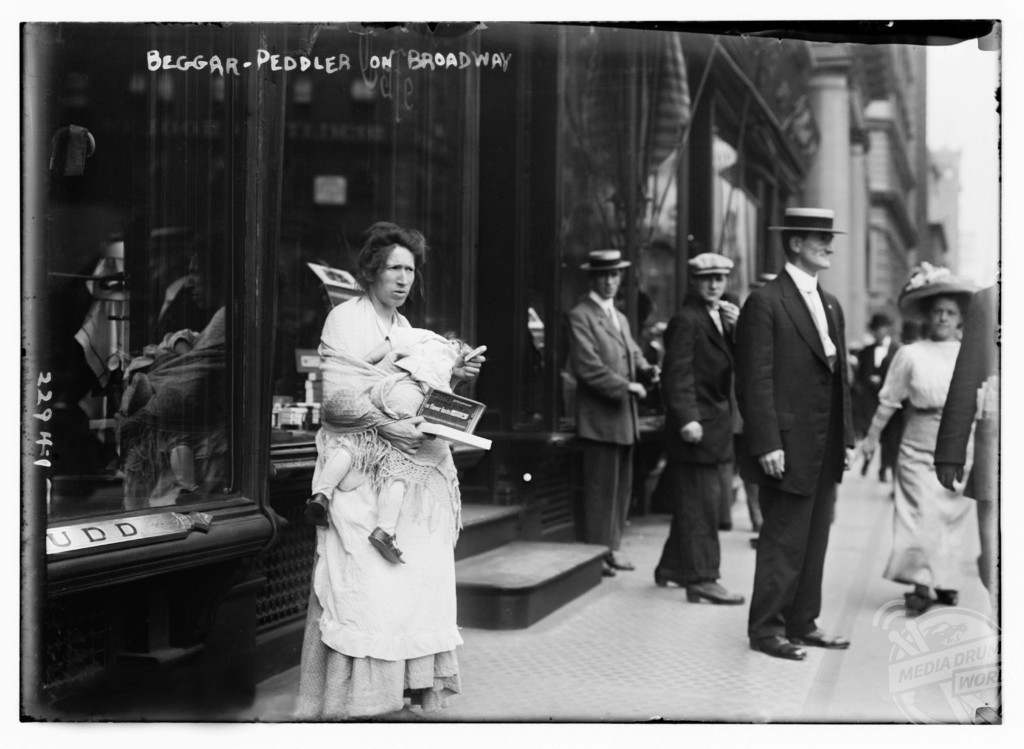
The incredible images show a relatively well-dressed man whose clothes have started to become a little tattered sitting with his eyes closed and his hand out, a woman begging with a young child in her arms and a man who appears to only have one leg looking desperate between two crutches.
Other striking shots show a man with a deformed face who appears to be missing his nose as well as another beggar who has managed to get himself some company although his dog looks much happier than him.

During the years of 1898–1945, New York City consolidated and came to dominate American life.
The era began with the formation of the consolidated city of the five boroughs in 1898, with a total population of 3.4 million. New transportation links, especially the New York City Subway, opened in 1904, bound together the new metropolis. Increased immigration of unskilled Catholic and Jewish workers from Southern and Eastern Europe expanded the labour force until the World War ended immigration in 1914.
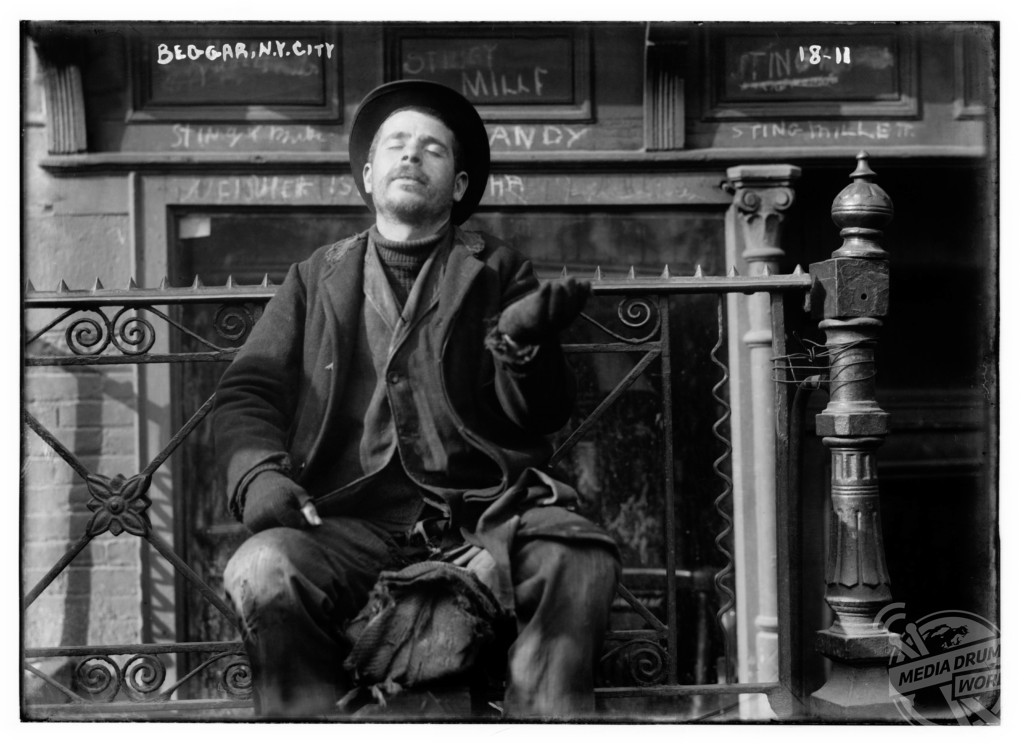
Labour shortages during the war attracted African Americans from the Southeast, who headed north as part of the Great Migration. They sponsored the Harlem Renaissance of literature and culture celebrating the black experience.
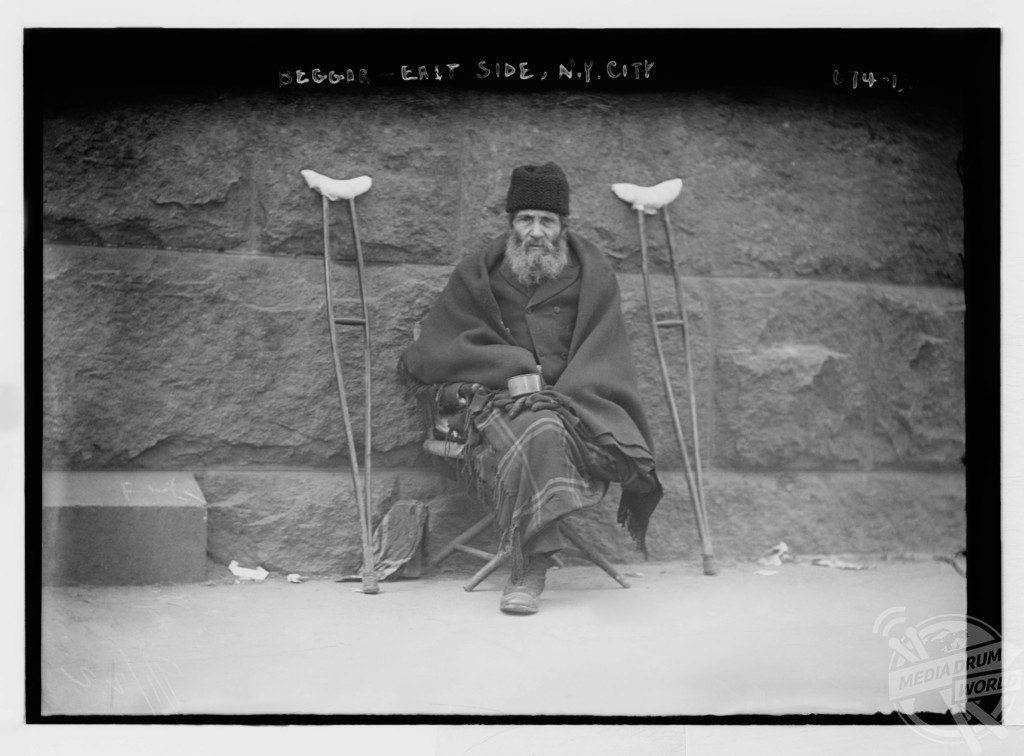
Begging is the practice of imploring others to grant a favor, often a gift of money, with little or no expectation of reciprocation. A person doing such is called a beggar, panhandler, or mendicant. Street beggars may be found in public places such as transport routes, urban parks, and near busy markets. Besides money, they may also ask for food, drink, cigarettes or other small items.
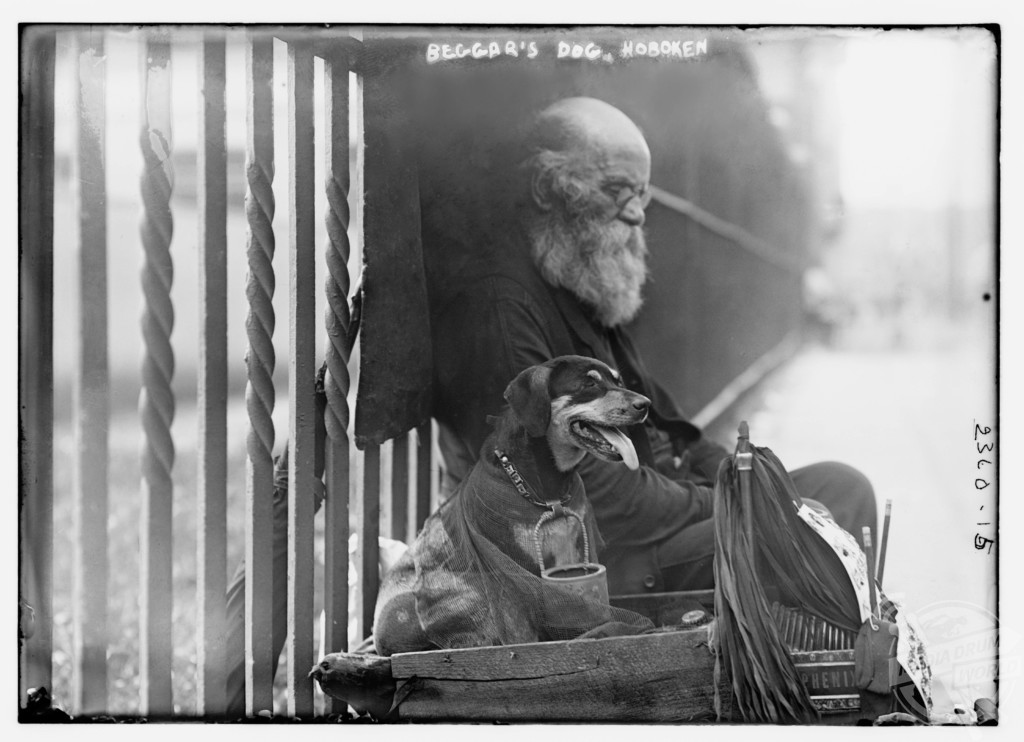
Unfortunately begging and homelessness is not a thing of the past as according to Coalition for the Homeless there were 63,559 homeless people, including 15,572 homeless families with 23,136 homeless children, sleeping each night in the New York City municipal shelter system in October 2018.
They also revealed that in recent years homelessness in New York City has reached its highest levels since the Great Depression of the 1930s.
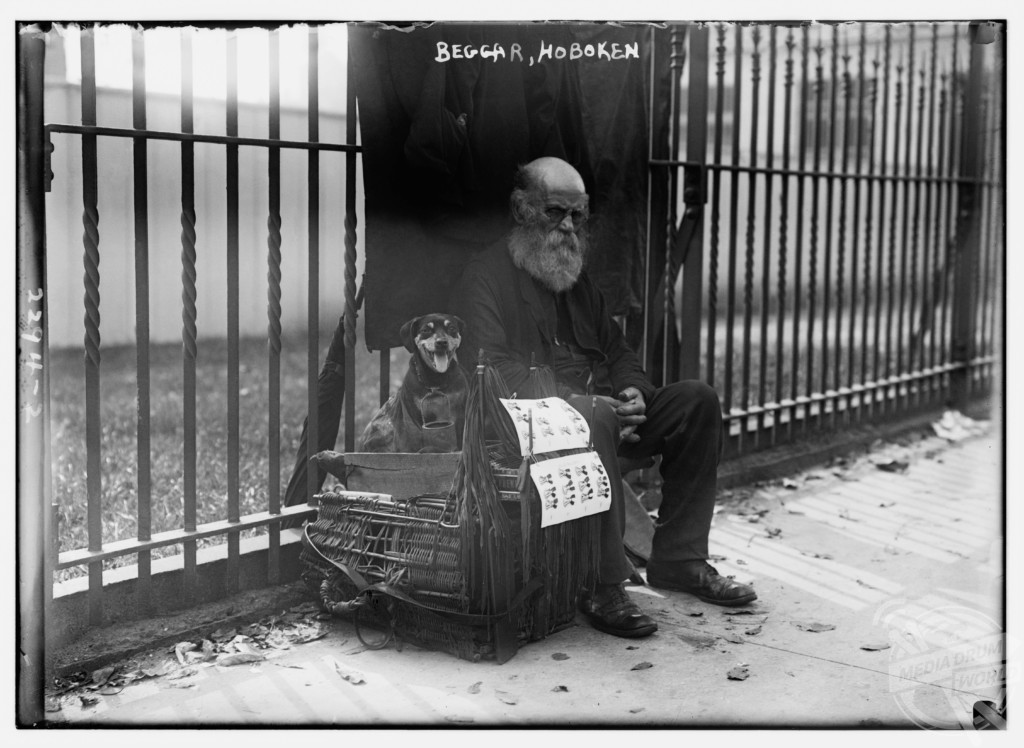
Their research shows that the primary cause of homelessness, particularly among families, is lack of affordable housing. Surveys of homeless families have identified the following major immediate, triggering causes of homelessness: eviction; doubled-up or severely overcrowded housing; domestic violence; job loss; and hazardous housing conditions.







